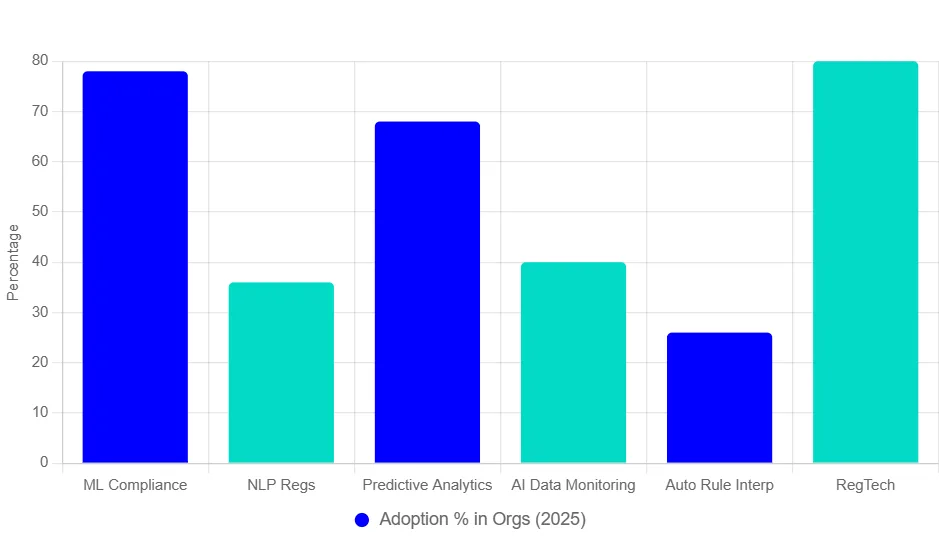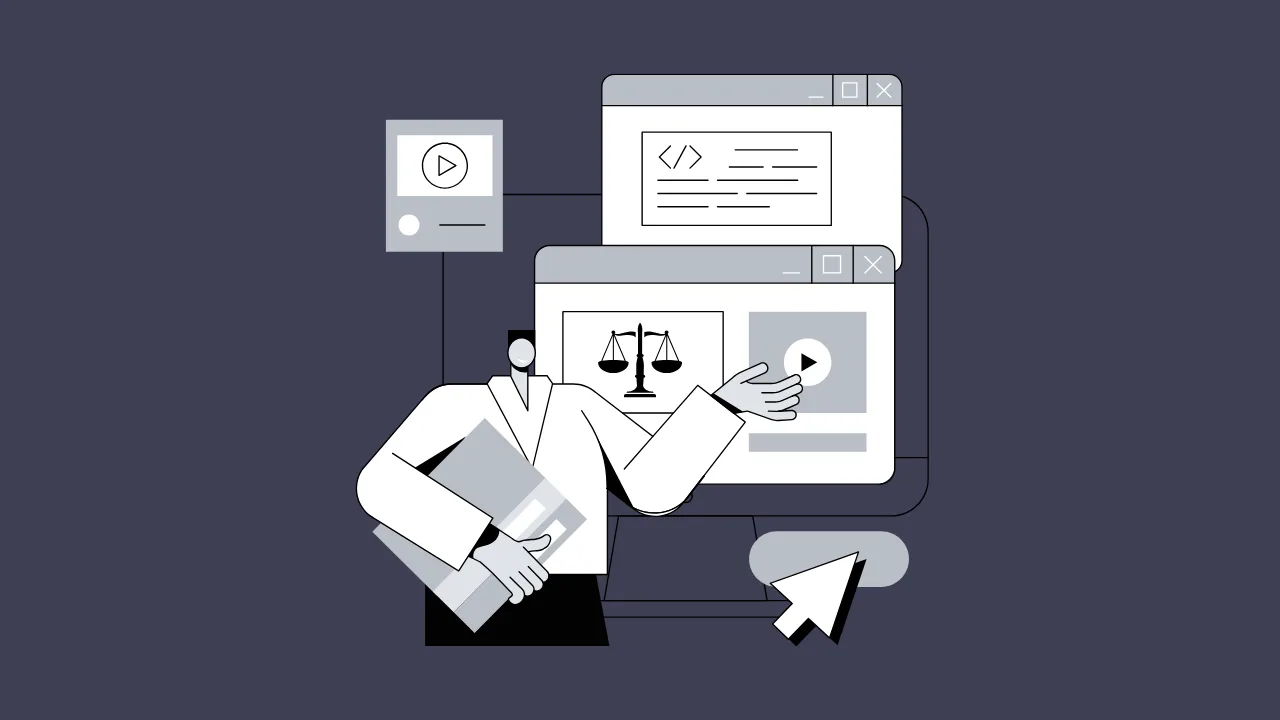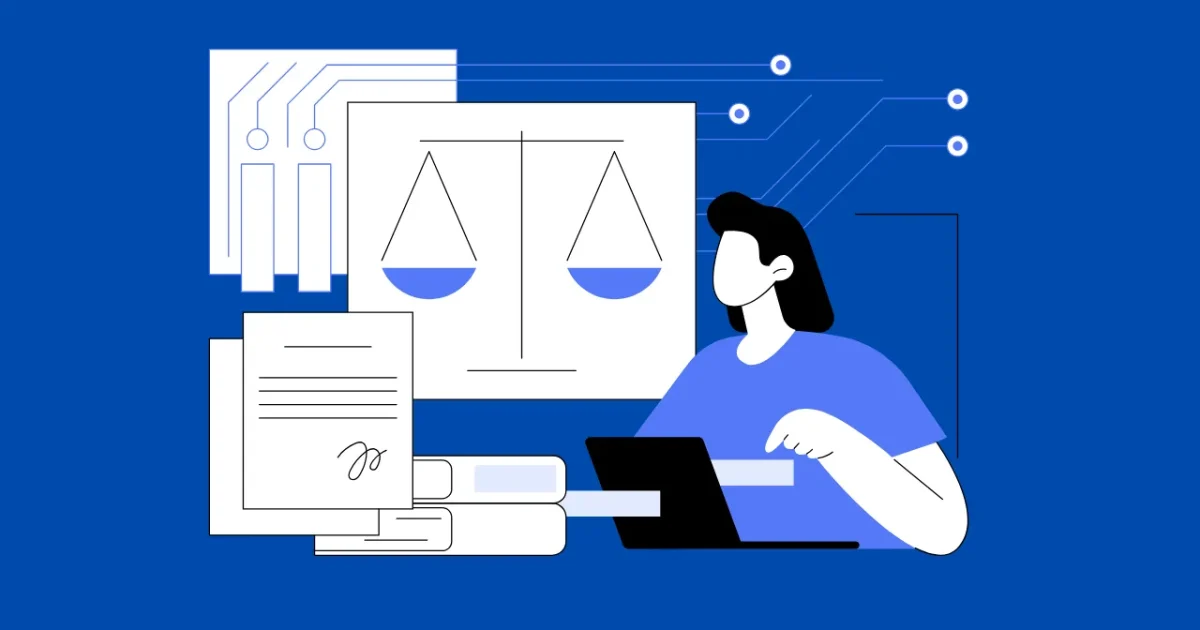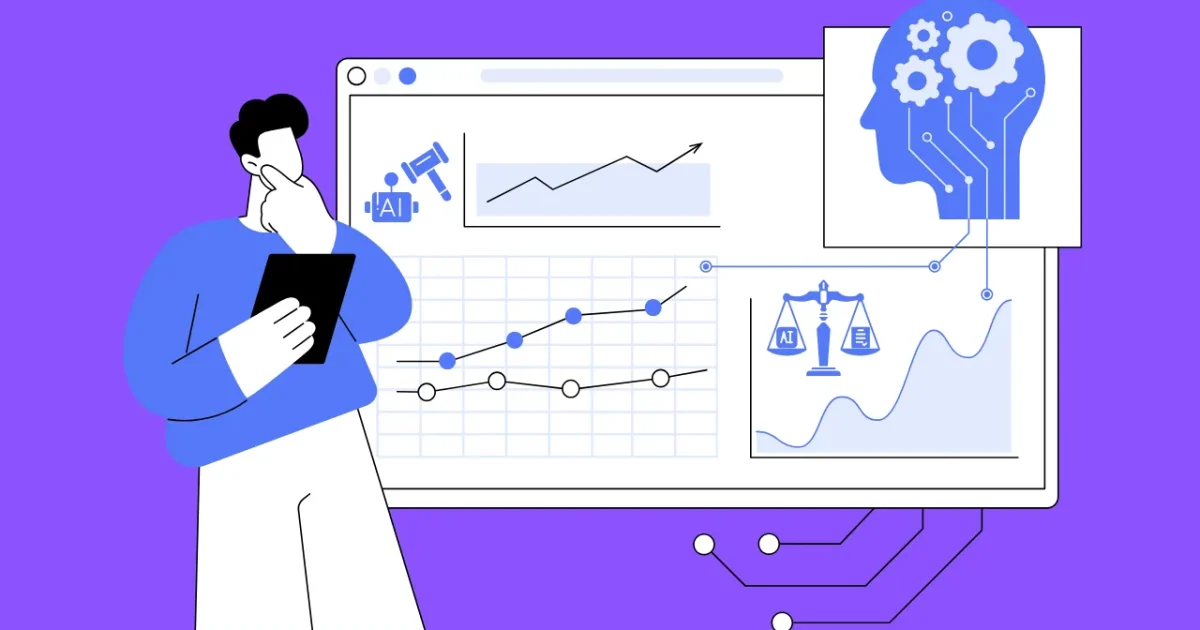Ever stared at an AI compliance tool and wondered, “How does this thing actually work?” You’re not alone. That “black box” feeling hits hard for tech pros like you. It leaves you guessing if your regulatory checks are spot-on or just lucky. Here’s the deal: these tools rely on six smart technologies to crack open the mystery. They turn complex rules into clear actions, saving you time and headaches.
What Is AI Compliance Tools Technology?
Think of AI compliance tools technology as the engine under the hood of your regulatory car. It uses smart algorithms to handle rules, risks, and reports without the guesswork. No more black box—it’s like having a dashboard that explains every turn.
This tech pulls from machine learning compliance and beyond. In 2025, 36% of pros use AI for compliance tasks. It fights the fog by breaking down how AI stays legal and fair.
Machine Learning Compliance: Your Pattern-Hunting Sidekick
Machine learning compliance is like a detective scanning clues in a haystack of data. It learns from past fines and flags weird patterns fast.
Picture this: Your bank processes loans. ML spots biased approvals early, like a hawk eyeing mice from the sky. Real-world win? It cut false positives by 40% in fraud checks at big firms.
“Machine learning excels in pattern recognition and anomaly detection, which are crucial in compliance.” – Bizzdesign Research Team
Here’s a quick Python snippet to try ML basics for risk scoring:
import pandas as pd
from sklearn.ensemble import RandomForestClassifier
# Sample data: transactions with risk flags
data = pd.DataFrame({
'amount': [100, 5000, 200],
'location': ['US', 'Unknown', 'US'],
'risk': [0, 1, 0] # 0=low, 1=high
})
# Train simple model
X = data[['amount', 'location']] # Features
y = data['risk'] # Labels
model = RandomForestClassifier()
model.fit(X, y)
# Predict new transaction
new_tx = pd.DataFrame({'amount': [3000], 'location': ['Unknown']})
print(model.predict(new_tx)) # Outputs: [1] for high risk
Natural Language Processing (NLP) for Regulations: The Reg Whisperer
NLP for regulations reads laws like a pro skims a novel. It pulls key rules from dense docs in seconds.
Imagine sifting EU GDPR updates. NLP highlights changes, like a multilingual lawyer spotting the fine print. Example: Tools like Compliance.ai use it to track 100,000+ regs yearly.
“AI is good at describing the world as it is today with all of its biases, but it does not know how the world should be.” – Joanne Chen, Partner at Celesta Capital
Code example: Extract rules with NLTK.
import nltk
from nltk import sent_tokenize
nltk.download('punkt')
text = "All data must be encrypted under GDPR Article 32."
sentences = sent_tokenize(text)
for sent in sentences:
if 'must' in sent:
print(sent) # Outputs: "All data must be encrypted under GDPR Article 32."
Predictive Analytics in Compliance: Crystal Ball for Risks
Predictive analytics in compliance forecasts trouble like weather apps predict storms. It crunches data to warn of future fines.
Say your firm faces AML checks. It predicts high-risk clients from trends, cutting audits by 30%. Best for proactive pros.
“Generative AI has the potential to be the most important technology of any lifetime.” – Marc Benioff, CEO of Salesforce
AI Data Monitoring: The Always-On Watchdog
AI data monitoring tracks flows like a security cam on steroids. It flags breaches real-time, keeping data compliant.
In healthcare, it ensures HIPAA holds by scanning patient logs. Example: 68% of orgs see it transform compliance.
Automated Rule Interpretation: Rule-Breaker Buster
Automated rule interpretation decodes policies into if-then steps. No more manual math.
Think tax software auto-filling forms. It interprets IRS codes, slashing errors. Ties into AI regulatory mechanics for smooth sails.
For deeper dive, check Vanderbilt Law’s research on AI/ML in healthcare regs.
How RegTech Works: The Glue Holding It All
RegTech works by blending these techs into one platform. It’s like a orchestra conductor for compliance symphonies.
From blockchain ties to AI governance, it automates everything. In 2025, it’s key for scaling.
“Compliance by design—a proactive approach where risk mitigation strategies are developed alongside AI systems.” – IBM Whitepaper on Agentic AI
Comparing the 6 Core Technologies for Demystifying AI Compliance
| Technology | Key Feature | Best For | ROI Potential | Cons/Issues |
|---|---|---|---|---|
| Machine Learning Compliance | Pattern detection | Fraud/risk spotting | 40% faster checks | Needs clean data |
| NLP for Regulations | Text extraction | Reg tracking | Saves 50% reading time | Struggles with slang |
| Predictive Analytics | Risk forecasting | Fine prevention | 30% audit cuts | Over-relies on history |
| AI Data Monitoring | Real-time scanning | Data privacy | 68% transformation boost | High compute costs |
| Automated Rule Interpretation | Policy decoding | Audit automation | Error drop by 25% | Initial setup complexity |
| RegTech Frameworks | Integration hub | Full workflow | Scales to enterprise | Vendor lock-in risks |
Step-by-Step Guide: Integrate AI Compliance Tech into Your Workflow
- Assess your gaps. List top regs like GDPR. Pick one tech, say NLP.
- Choose a tool. Test free tiers of Compliance.ai.
- Feed the data. Upload docs and train models—use the Python examples above.
- Monitor and tweak. Run weekly scans; adjust for false alarms.
- Scale up. Layer in predictive analytics. Measure ROI with fine savings. So, what’s the bottom line? Start small, build big.

Think of it this way: These bars show how pros like you are jumping in. Data from recent surveys.
The Future of AI Compliance: Locked, Loaded, and Crystal Clear
AI compliance tools technology isn’t just catching up—it’s leading the charge. By 2026, expect 80% adoption as regs tighten. These six techs banish the black box, turning “how?” into “wow!”
Wrap-up: Pick one tech today. Your workflow will thank you. For more, dive into IBM’s AI governance guide.
Frequently Asked Questions (FAQs)
What makes AI compliance tools tech different from old-school methods?
It automates the grunt work. Old ways? Manual scans. New? Predictive smarts that learn and adapt.
How do I start with machine learning compliance without a PhD?
Grab open-source like scikit-learn. Follow the code example—test on sample data first.
Is NLP for regulations reliable for global laws?
Yes, but pair it with human checks. It shines on English docs; emerging for others.
What’s the biggest ROI from predictive analytics in compliance?
Fewer fines—up to 30% less audit time. Pros report quick wins in high-risk sectors.
Can RegTech handle my custom rules?
Absolutely. Most platforms let you tweak interpretations via simple APIs.





